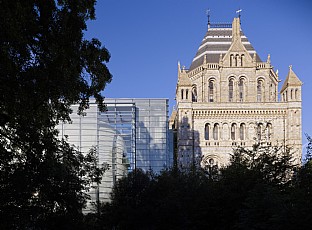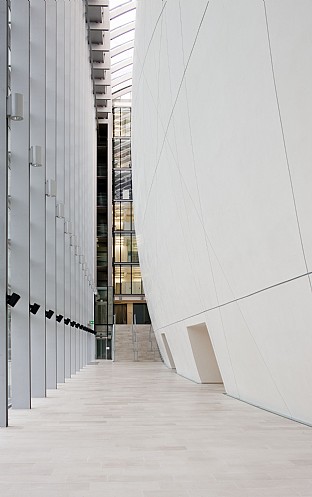
Facts
Awards
- Civic Trust Award. 2011
- Dedalo Minosse Award, honourable mention. 2011
- Shortlisted for RIBA Awards for London. 2011
- Shortlisted for the Conde Nast Traveller Innovation & Design Awards, Culture. 2010
- Shortlisted for Project of the Year in Building Magazine. 2010
- Shortlisted for RIBA Award in the London Region. 2010
- Winner of the Association for Consultancy and Engineering Awards in the category Best Service Engineering Project: Large Firm. 2010
- Concrete Society Award, Overall Winner. 2009
- Nominated for the Mies van der Rohe Award. 2009
- Plaisterers' Trophy Awards, Winner of a 'Highly Commended' Award. 2009
- Structural Award for Arts or Entertainment Structures. 2009
- 1st prize in architectural competition. 2001





